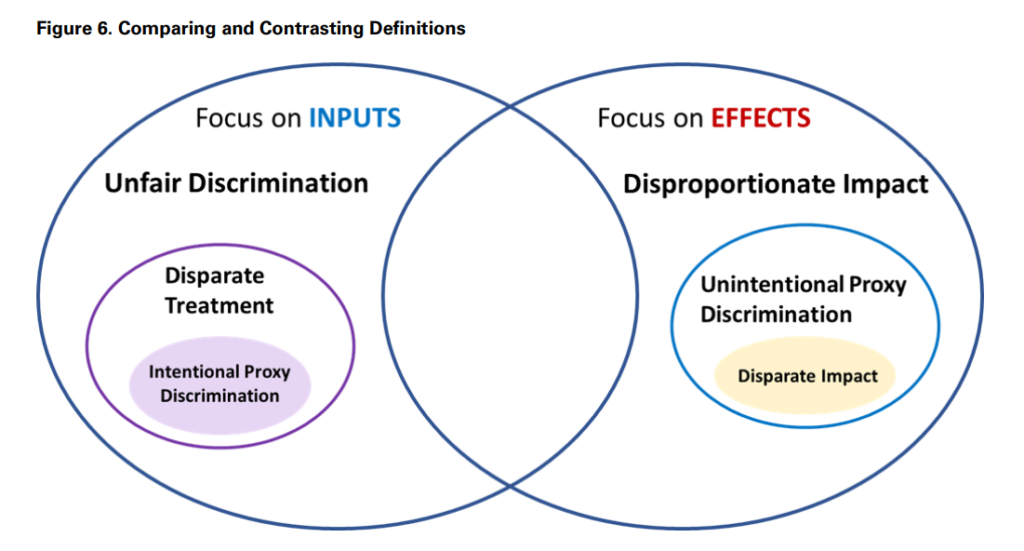Link: https://www.casact.org/sites/default/files/2021-03/9_Panning.pdf
Graphic:

Excerpt:
Fortunately, there is a solution to the dilemma just posed. It
consists in adopting a pricing strategy that substantially alters the
sensitivity of a firm’s total economic value to changes in interest
rates. In the example give earlier, where
a = 15% and
b = 0, the
duration of the firm’s franchise value and total economic value are
17.62 and 6.70, respectively. But suppose we alter the firm’s
pricing policy by changing these parameters to
a = 10% and
b = 1.
In this case the target return on surplus remains at 15% (given that
the risk-free yield remains at 5%), but the durations change from
17.62 to 7.62 for franchise value, and from 6.70 to 3.27 for total
economic value. The key insight here is that a firm’s pricing
strategy can significantly affect the duration of its franchise
value and, consequently, the duration of its total economic
value.This insight suggests a more systematic approach to managing the
duration of total economic value: find a combination of the
strategy parameters
a and
b such that the return on surplus and the
duration of total economic value are both acceptable. This can be done either by systematic numerical search or by constrained optimization procedures. For example, if the firm in our example
wanted a target return on equity of 15% but a total economic value with a duration of zero, it should implement a pricing strategy with the parameters
a = 6.2% and
b = 1.763 to achieve
those objectives. The consequences of this and the two previously
mentioned pricing strategies are shown in Figure 3 for the three
different pricing strategies just described.
Author(s): William H. Panning
Publication Date: 2006
Publication Site: Casualty Actuarial Society (for exams)

